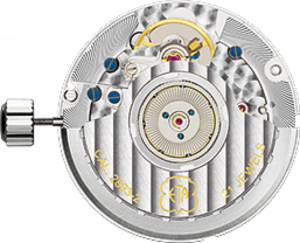 |
Brand: | ETA | 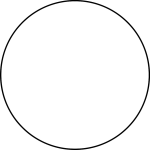



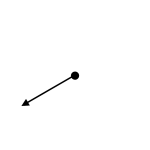

|
|---|---|---|---|
| Family: | |||
| Height: | 4.10 mm | ||
| Jewels: | 21 | ||
| Reserve: | 42, 50 hours | ||
| Frequency: | 28,800 A/h | ||
| Winding: | Automatic, Bi-Directional Automatic Winding, Central Rotor Automatic Winding | ||
| Diameter: | 25.60 mm (11.5 ligne) | ||
| © ETA ETA 2893-2 | Complications: | 24 Hour Hand, Date, GMT Hand, Hacking Seconds, Independently-Adjustable 24 Hour Hand, Quick Date Correction, Semi-Instantaneous Date Change | |
| Hands: | Central 24 Hour Hand, Central Hour Hand, Central Minute Hand, Central Seconds Hand, Date Window at 3:00 | ||
| Distinguishing Technical Characteristics | |||||||||||
|---|---|---|---|---|---|---|---|---|---|---|---|
 Central-Rotor Automatic  Clockwise Balance Cock  Etachron Regulator |
|||||||||||
| Production: 1992 – Current | |||||||||||
| 1910s | 1920s | 1930s | 1940s | 1950s | 1960s | 1970s | 1980s | 1990s | 2000s | 2010s | 2020s |
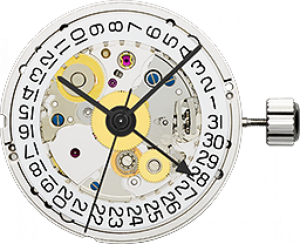
ETA’s 2893-2 is a modular GMT movement with central seconds and date. It is derived from the similar ETA 2892-2 and is part of the third-generation ETA 2890 family. Cal. 2893-2 was used in 1995 in the Ikepod Seaslug. It appeared in 1992, alongside the similar ETA 2893-1 and ETA 2893-3. It remains in production today.
Many complain that Cal. 2893-2 is not a “true GMT” because the quick adjustment in position 2 advances the 24 hour hand rather than the 12 hour hand. Thus, the “home” or running time is displayed on the 12 hour scale while the “away” time is shown on the 24 hour scale. GMT movements in the Rolex GMT-Master II and similar models from Omega and others have an adjustable 12-hour hand, so the 24 hour hand always displays “home time.”
ETA 2893 Movements
ETA released a trio of dual time zone movements in 1992, all known as Cal. 2893. Each movement has a slightly different implementation of a 24 hour second time zone display.
| Date | No Date | |
| 24 Hour Disc | ETA 2893-1 | ETA 2893-3 |
| 24 Hour Hand | ETA 2893-2 |
In all three movements, the central 24 hour display is quick-set using the crown in second position and is independent of the central hour hand, which is set using the crown in third position. Adjusting the 24 hour hand or disc does not cause the movement to “hack” or stop, so the timekeeping remains accurate when traveling.
Although common today, an independent hour hand like this was somewhat unusual at the time. Indeed, the popular Rolex GMT-Master II Ref. 16710 had just gained an independently-adjustable 12-hour hand four years earlier.
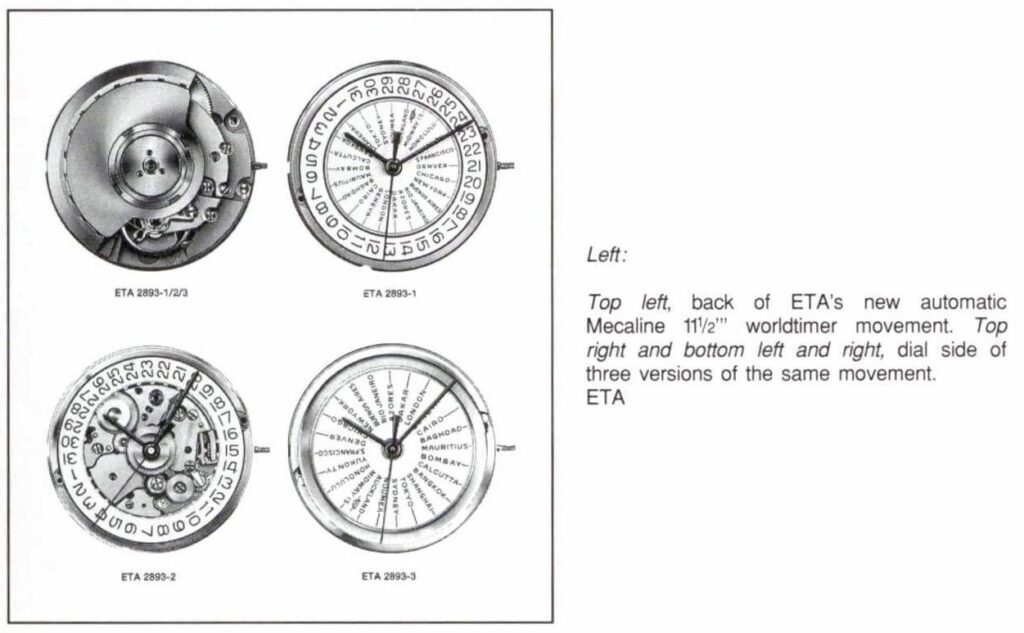
Image: Europa Star 193, 1992
The GMT feature and date wheel are adjusted with the crown in position 1. Turning it clockwise advances the GMT hour hand in 1 hour increments, while turning it counter-clockwise advances the date wheel.
Sellita’s Cal. SW330-1 is a clone of ETA’s 2893-2 but has 25 jewels rather than 21.
ETA 2893-2 Applications
Cal. 2893-2 is perhaps the most common of the ETA 2893 sub-family, powering many higher-end GMT watches:
- 1995 Ikepod Seaslug
- Breitling Windrider Antares World
- 2000 Panerai Luminor GMT
- 2002 Magellan 1521
- 2002 Glycine Airman 7
- Glycine Airman SST 06
- 2003 Ball Engineer GMT
- Ball Engineer Master II Aviator GMT
- 2004 Sinn Pilot’s 856
- Sinn U2/EZM 5
- Sinn 6036
- Sinn 857
- 2005 Linde Werdelin Biformeter
- Linde Werdelin Two Timer
- 2006 Baume & Mercier Hampton Classic Carée XL GMT
- 2007 Raymond Weil GMT
- Hamilton Khaki Navy Air Race
- 2011 David Yurman GMT Classic
The IWC 30710 is a refinished ETA 2893-2, as is TAG Heuer Calibre 7 GMT.
ETA 2890 Family Overview
The ETA 2890 family is a series of slim and robust automatic watch movements produced by ETA. They are generally regarded as superior to the similar ETA 2800 family. Cal. 2890 and its successors is based on the Eterna 1466U, with ball bearings on the rotor and a smaller balance wheel in the modern style. Launched in 1975, the family remains one of the leading watch movements to this day.
The most well-known movement in this series today is Cal. 2892A2, a highly evolved automatic movement with central seconds and a date wheel. Because of its slim dimensions, Cal. 2892A2 is often paired with modules to add world time, power reserve indicator, chronograph, and other complications.
Distinguishing features of the ETA 2890 family include a smaller balance wheel than historic movements, including the ETA 2824 family, and a large rotor hub located with seven visible bearings. The balance is located at 12:00 when viewed from the back with the crown at 9:00, and is located by a clockwise cock with an eccentric screw for regulation.
Most members of the modern 2890 family are available in there finish levels:
- Elaboré – with nickel balance
- Top – with Glucydur balance
- Chronomètre – with Glucydur balance and official chronometer certification
ETA also sells these movements with gold plating, various finishes, and custom rotors.
ETA 2890 Family
Most current ETA 2890 family movements have been updated since the 1990s with improved winding efficiency and an extra jewel in the upper winding bridge. As of 2021, ETA is no longer supplying these movements outside the Swatch Group, with most buyers switching to the clone SW300 family from Sellita. Specifically, Cal. SW300-1 replaces ETA’s 2892A2, Cal. SW330-1 replaces ETA’s GMT 2893-1, and Cal. SW360-1 replaces ETA’s small seconds 2895-2.
| Complications | First Generation 1975-1983 | Second Generation 1983-2000 | Third Generation 1996-2021 |
|---|---|---|---|
| No Date | ETA 2890 (12.5”’) | ||
| Date | ETA 2892 (12.5”’) | ETA 2892-2 | ETA 2892A2 |
| World Time Disc, Date | ETA 2893-1 | ||
| Adjustable 24 Hour Hand, Date | ETA 2893-2 | ||
| World Time Disc, No Date | ETA 2893-3 | ||
| Modular Chronograph, Small Seconds, Date | ETA 2894-2 (12.5”’) ETA 2894S2 (12.5”’) | ||
| Small Seconds, Date | ETA 2895-1 | ETA 2895-2 | |
| Dual Concentric Wheel Date | ETA 2896 | ||
| Power Reserve Indicator, Date | ETA 2897 | ||
| Perpetual Calendar, Moon Phase, No Seconds | ETA 2890-9 | ETA 2890A9 | |
| Perpetual Calendar, Moon Phase, Central Seconds | ETA 2891-9 | ETA 2891A9 |


